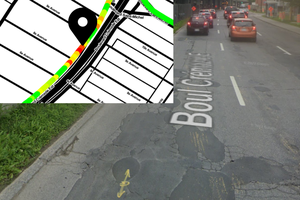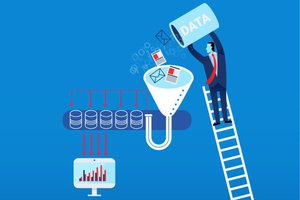An important aspect of this project is the profound impact it can have on the lives of those that are not waiting, and already use it:
http://sixuntilme.com/wp/2014/07/14/waiting-cgm-cloud-part-2/
The Facebook Group:
https://www.facebook.com/groups/cgminthecloud
Super high-level of our current system... all working!! Goal is to make this all turnkey, much easier to setup & customize.

ONE of literally hundreds of unique testimonials of the impact this project, and making it open source, has had:
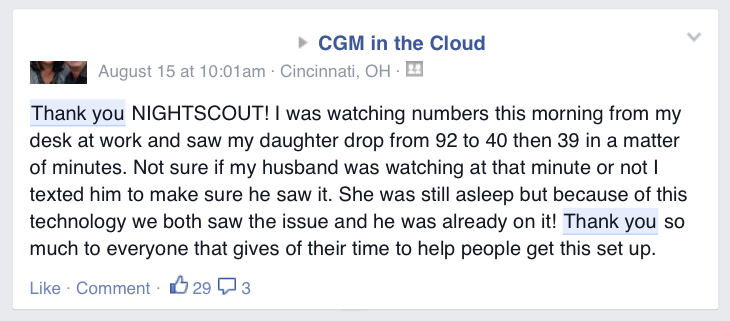
The growth of the community (CGM in the Cloud & Nightscout):
http://www.zeemaps.com/view?group=1071312&x=-119.599236&y=33.298578&z=15
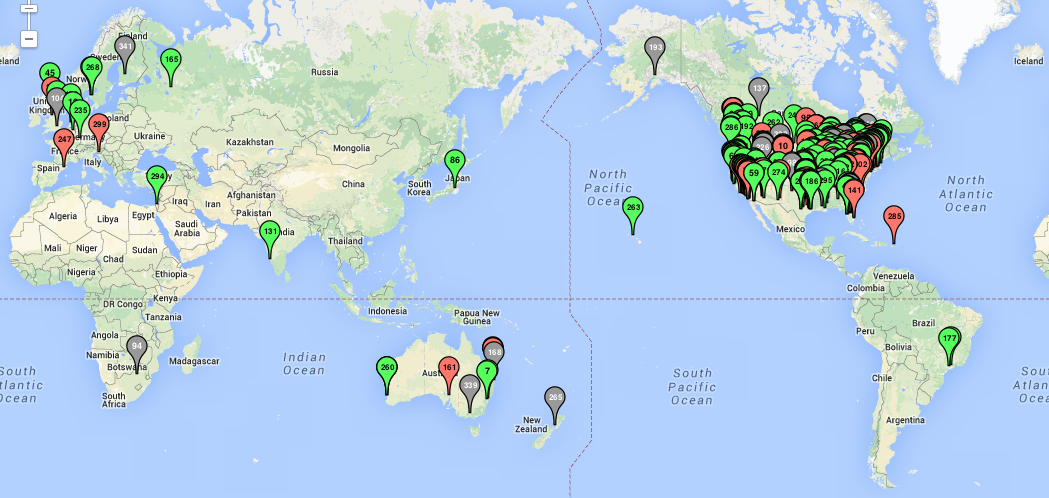
Other Open Source Projects used to make this possible:
 John Costik
John Costik

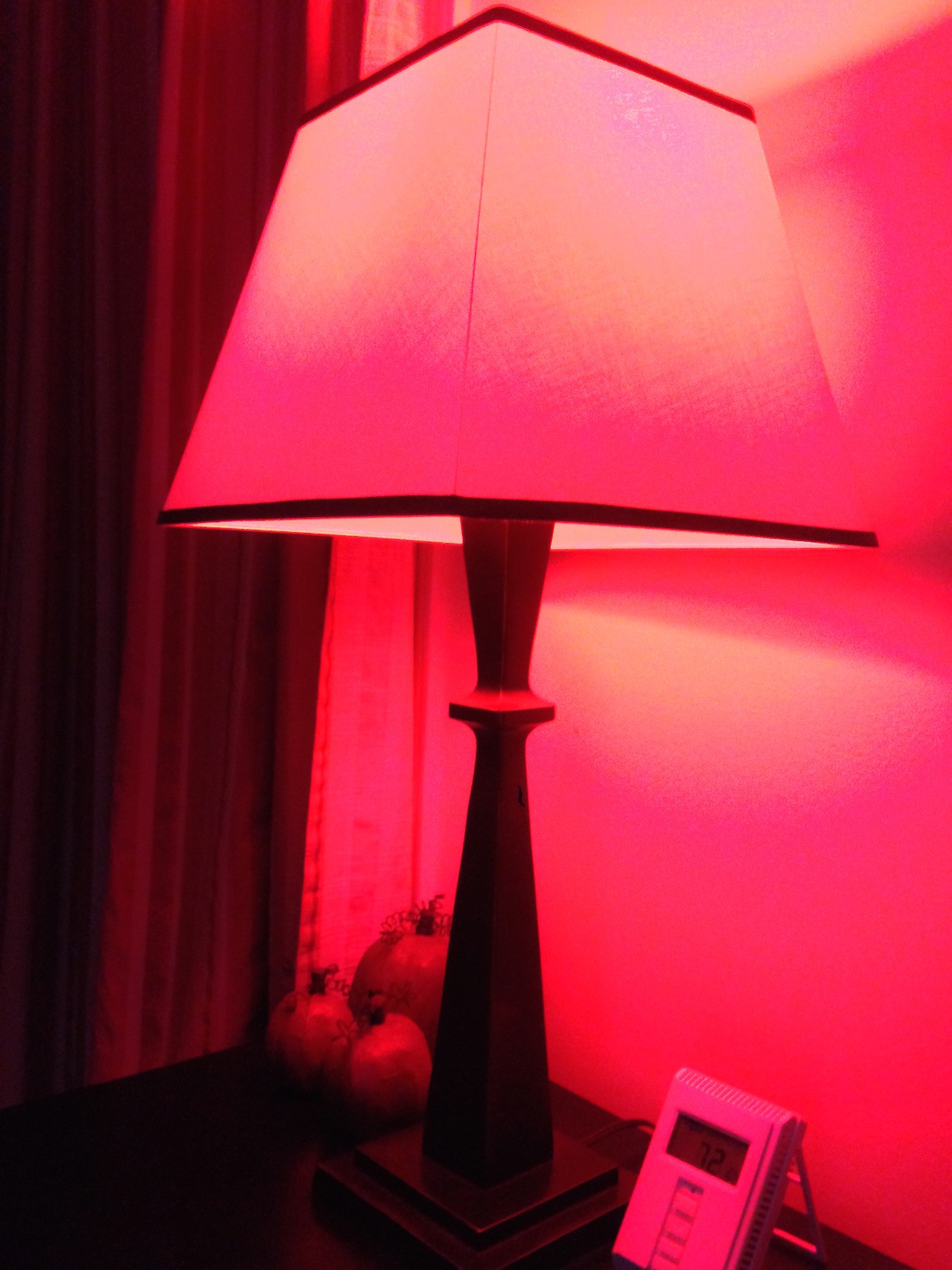

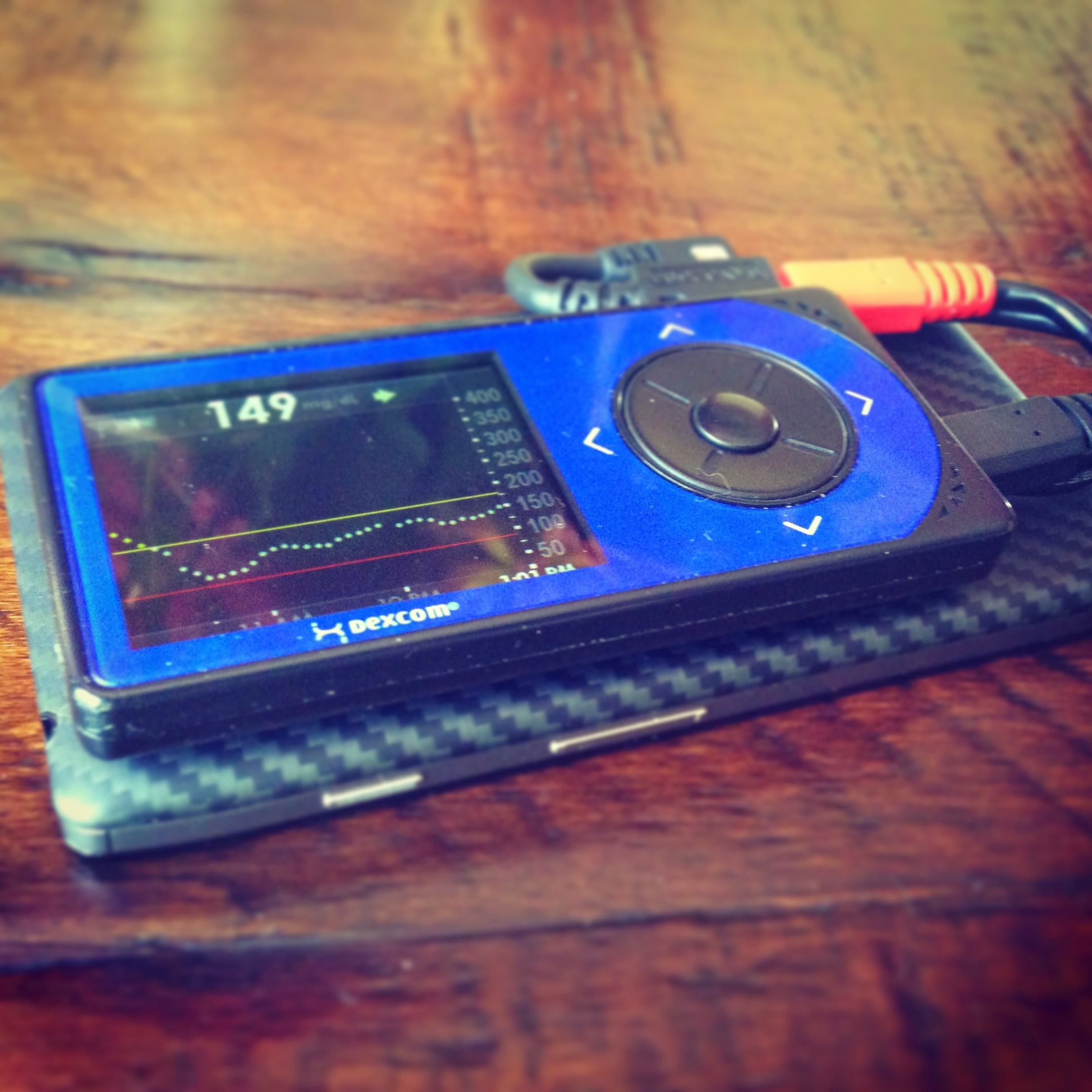 We put this in a pouch, and it worked well... until we discovered the G4's biggest weakness: the USB port. Apparently, even normal force and use can snap these bad-boys off of the PCB. So, in this configuration, it took about 2 weeks to snap it off...
We put this in a pouch, and it worked well... until we discovered the G4's biggest weakness: the USB port. Apparently, even normal force and use can snap these bad-boys off of the PCB. So, in this configuration, it took about 2 weeks to snap it off...
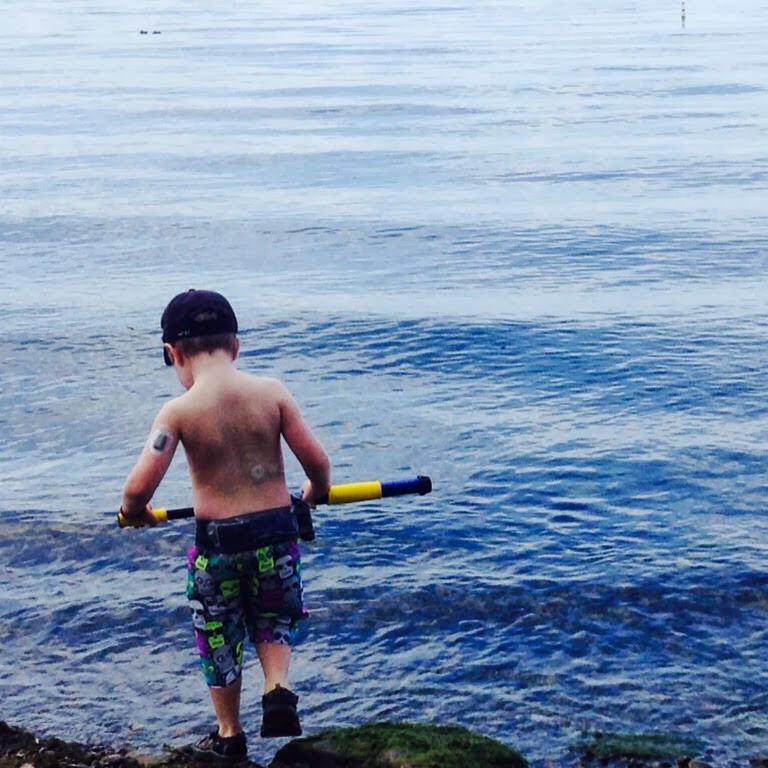
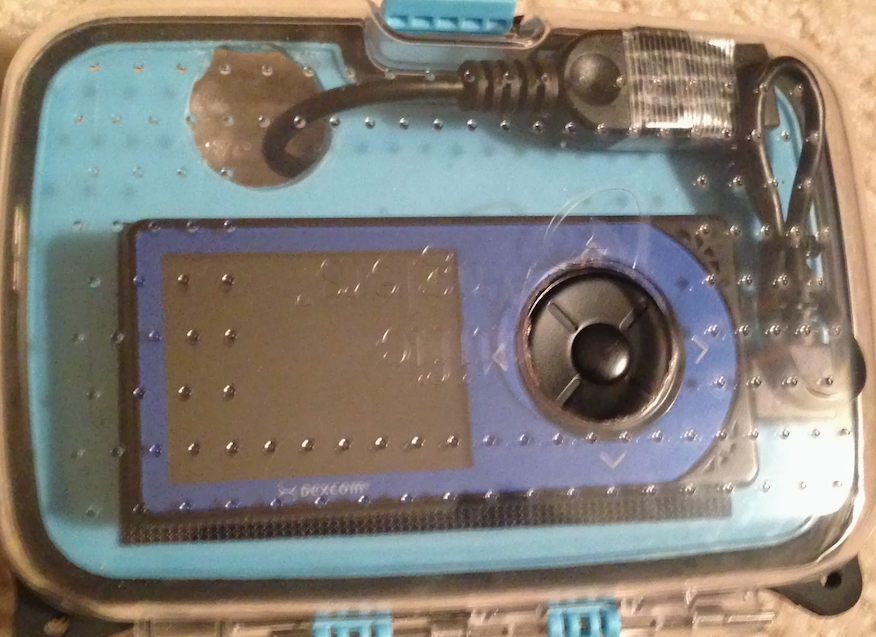

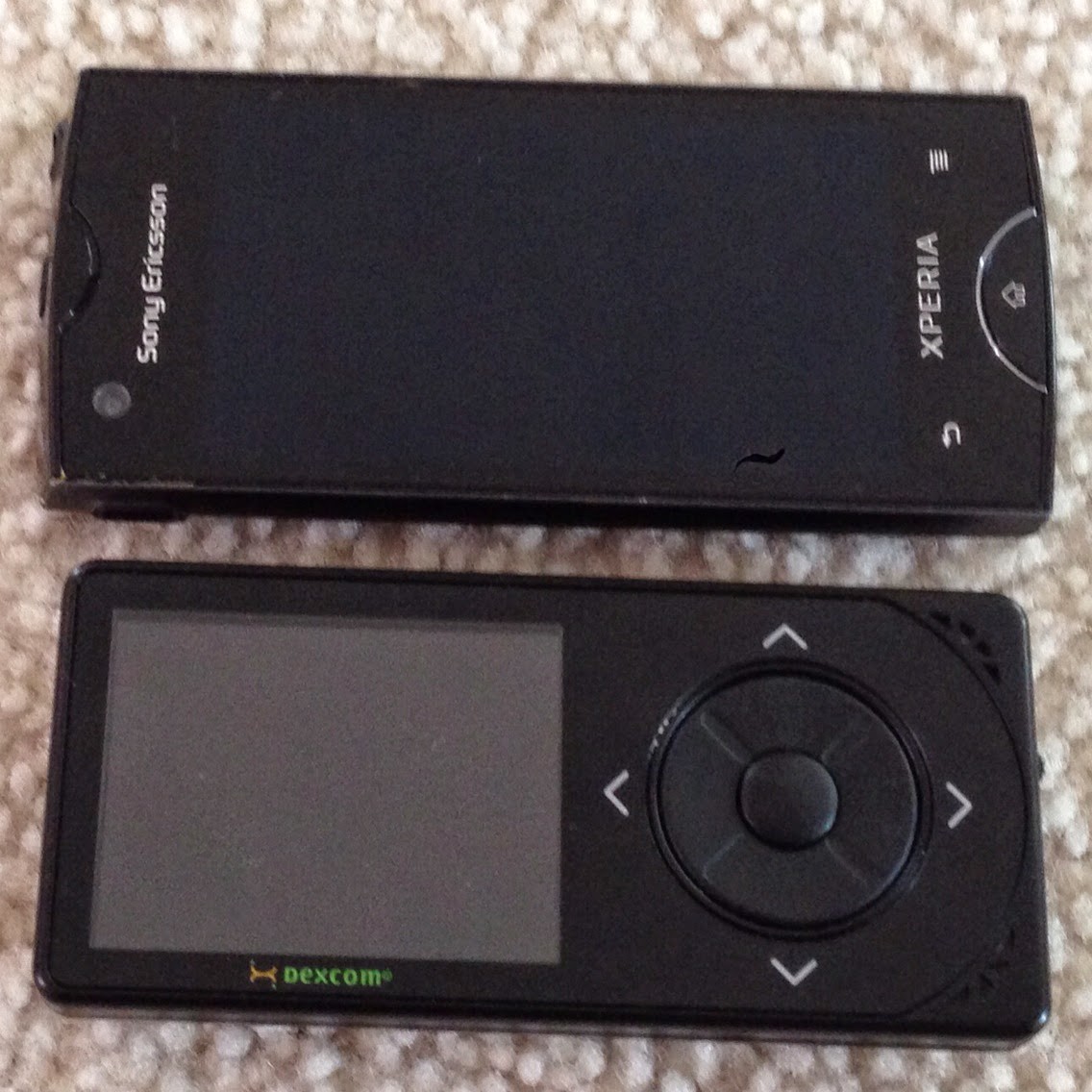
 Now, the Ray is a less than ideal selection for other reasons:
Now, the Ray is a less than ideal selection for other reasons: 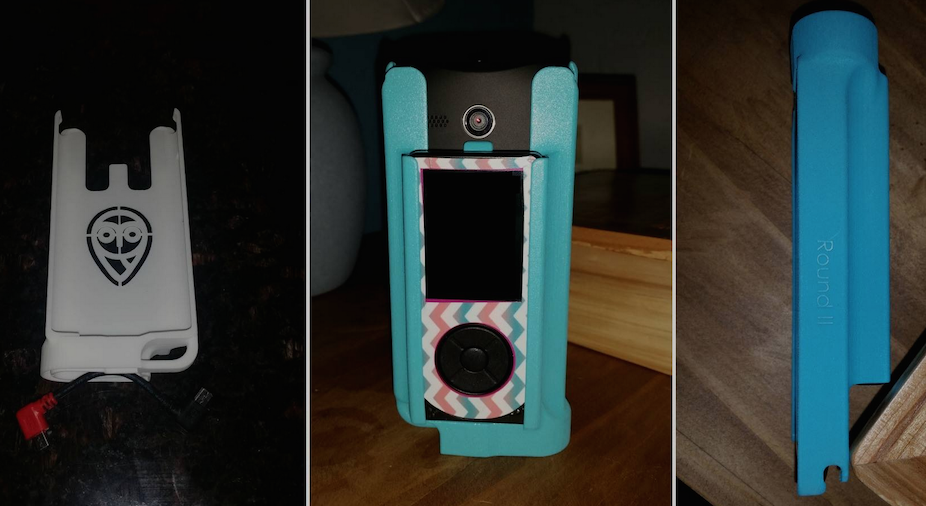 Beautiful! And a testament to the benefit of making all of this open & crowd sourced. Brilliant people contribute their skills to project and share it with thousands that may benefit.
Beautiful! And a testament to the benefit of making all of this open & crowd sourced. Brilliant people contribute their skills to project and share it with thousands that may benefit.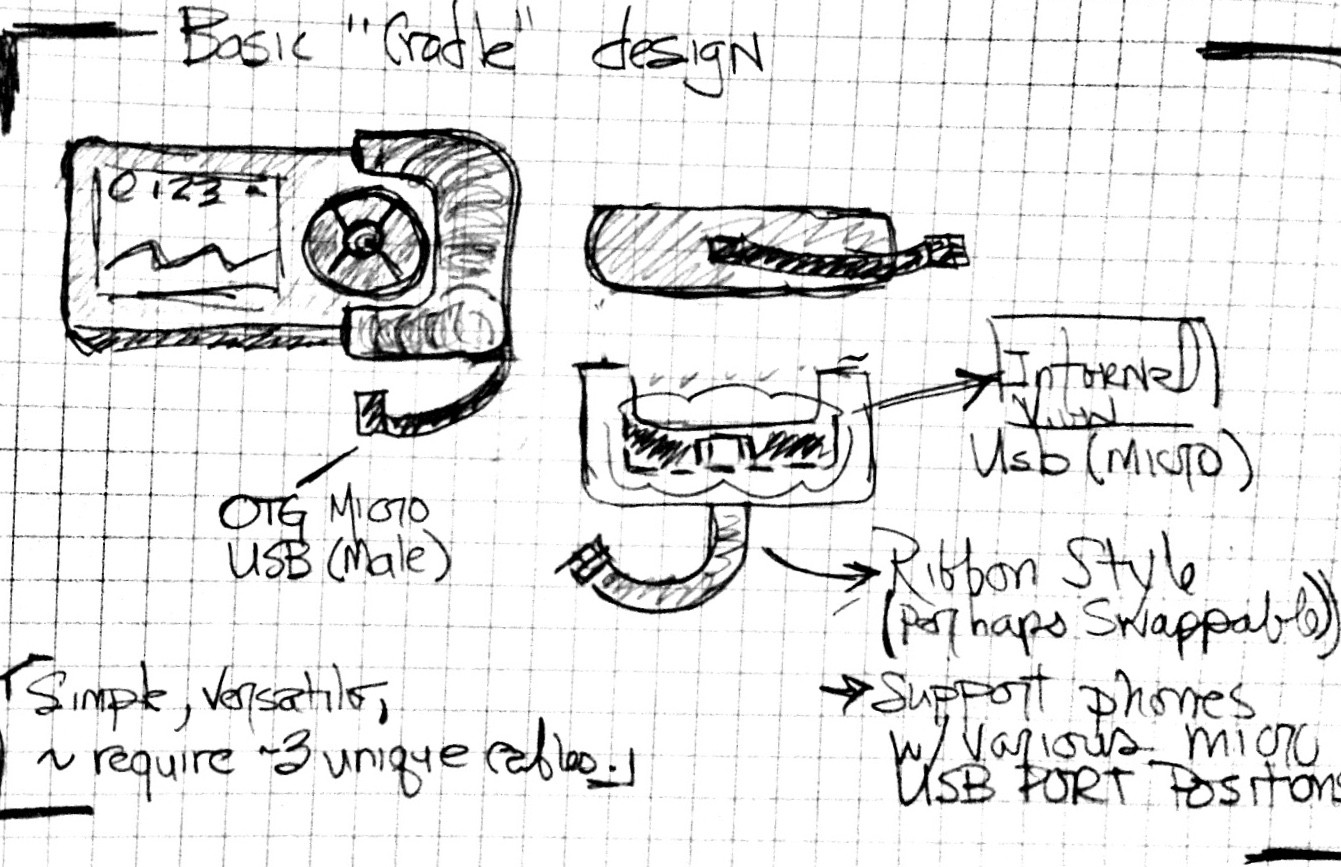
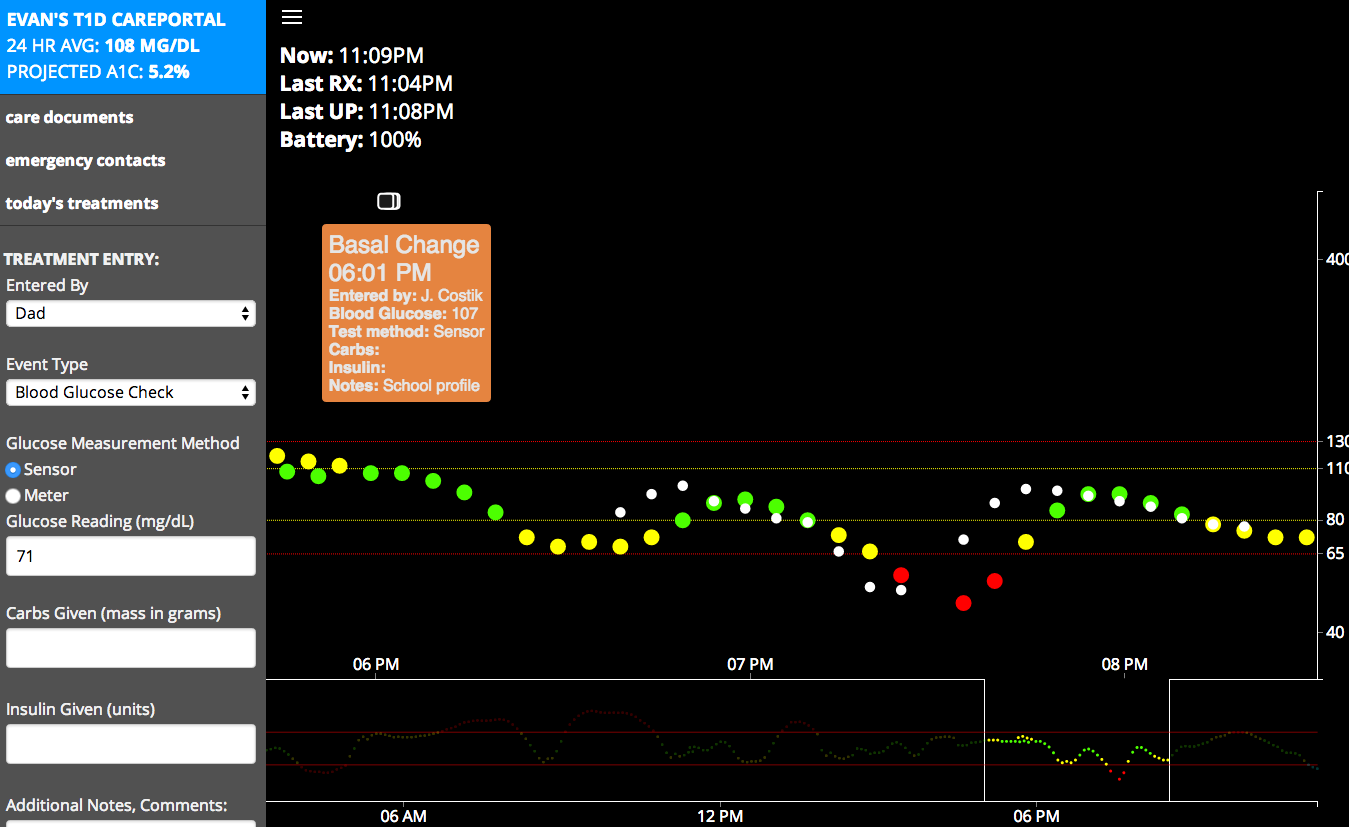
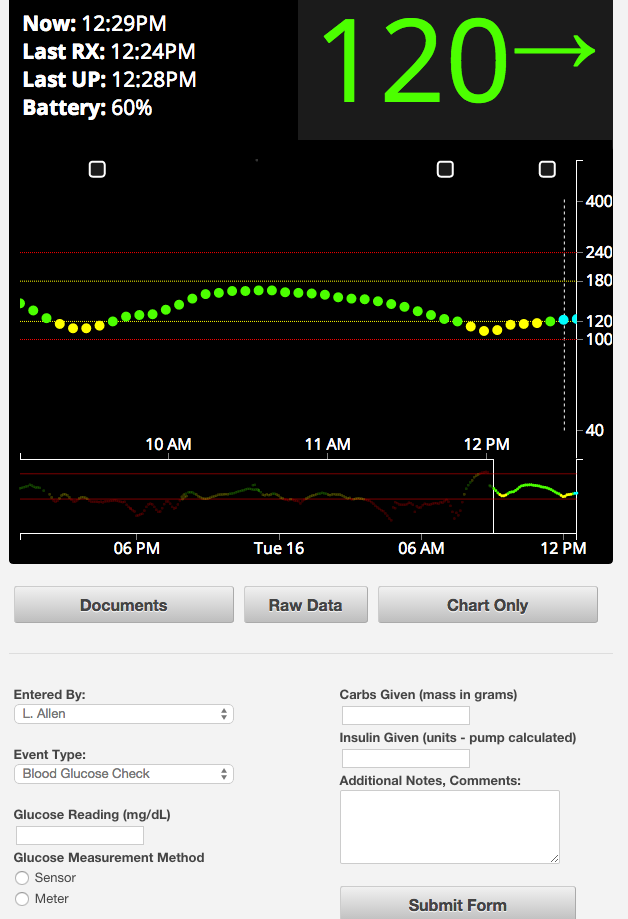

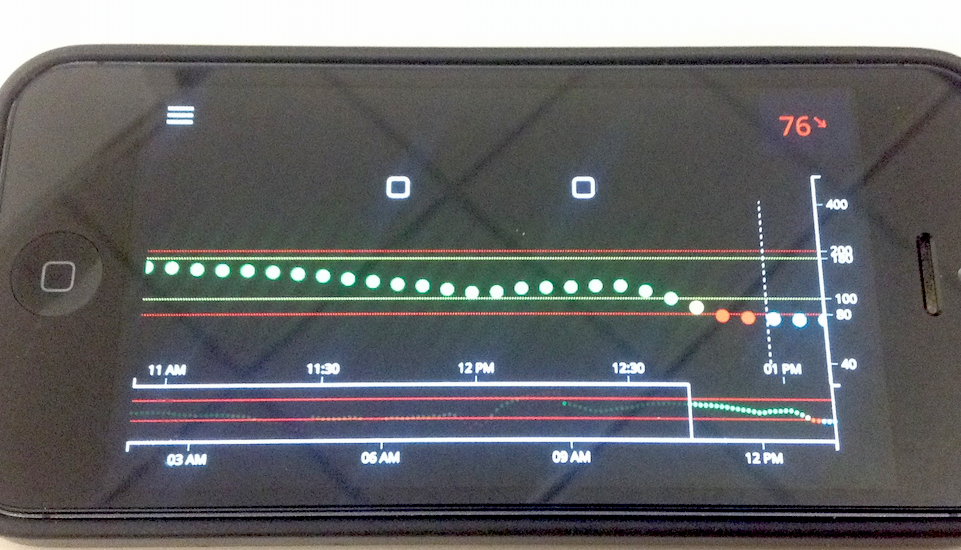
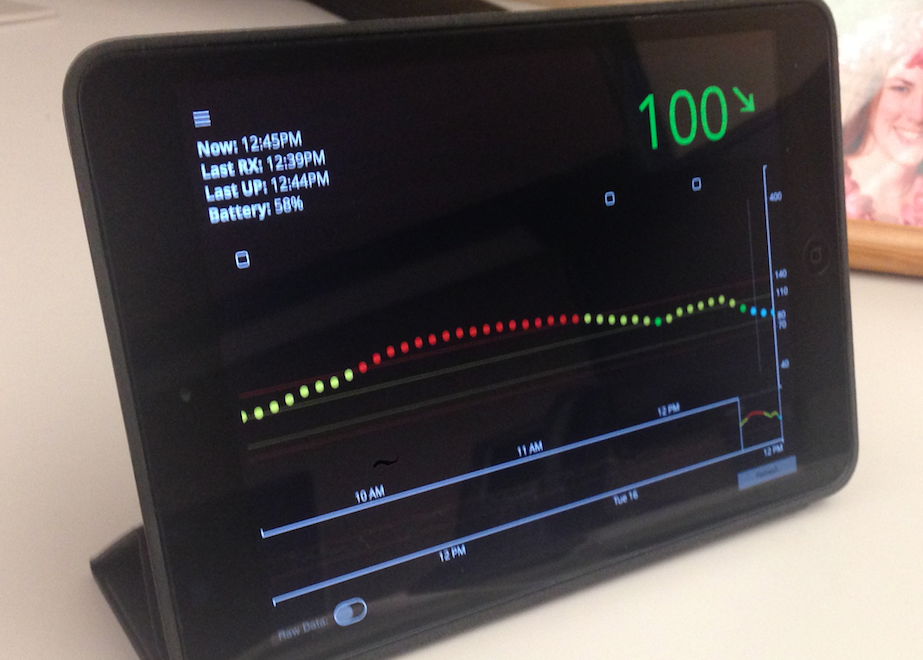
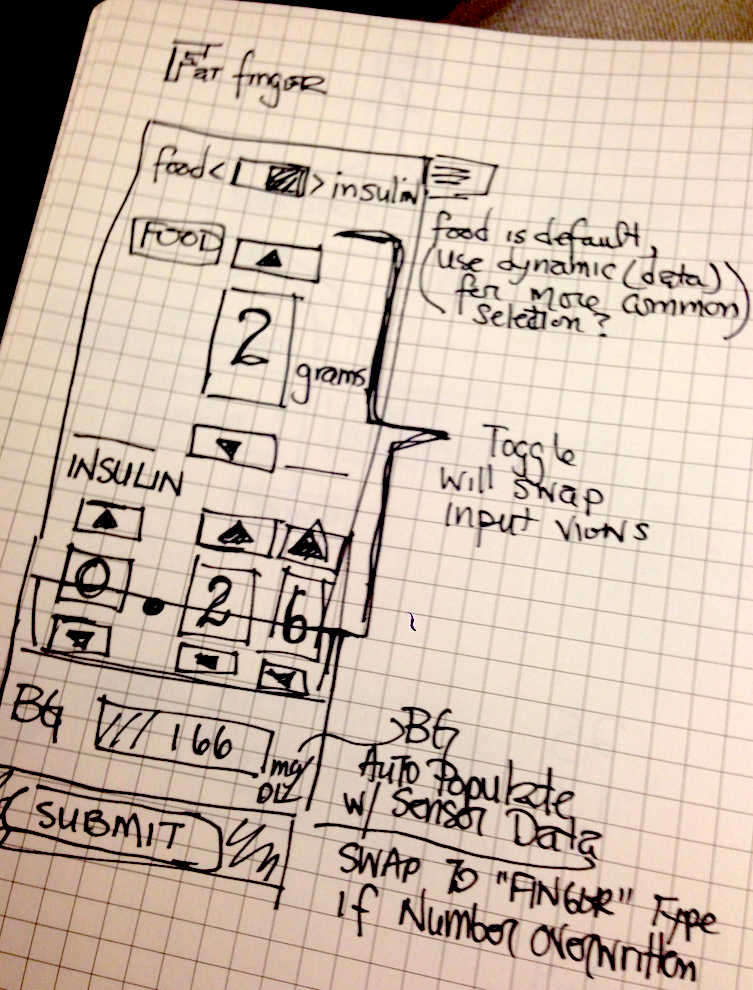

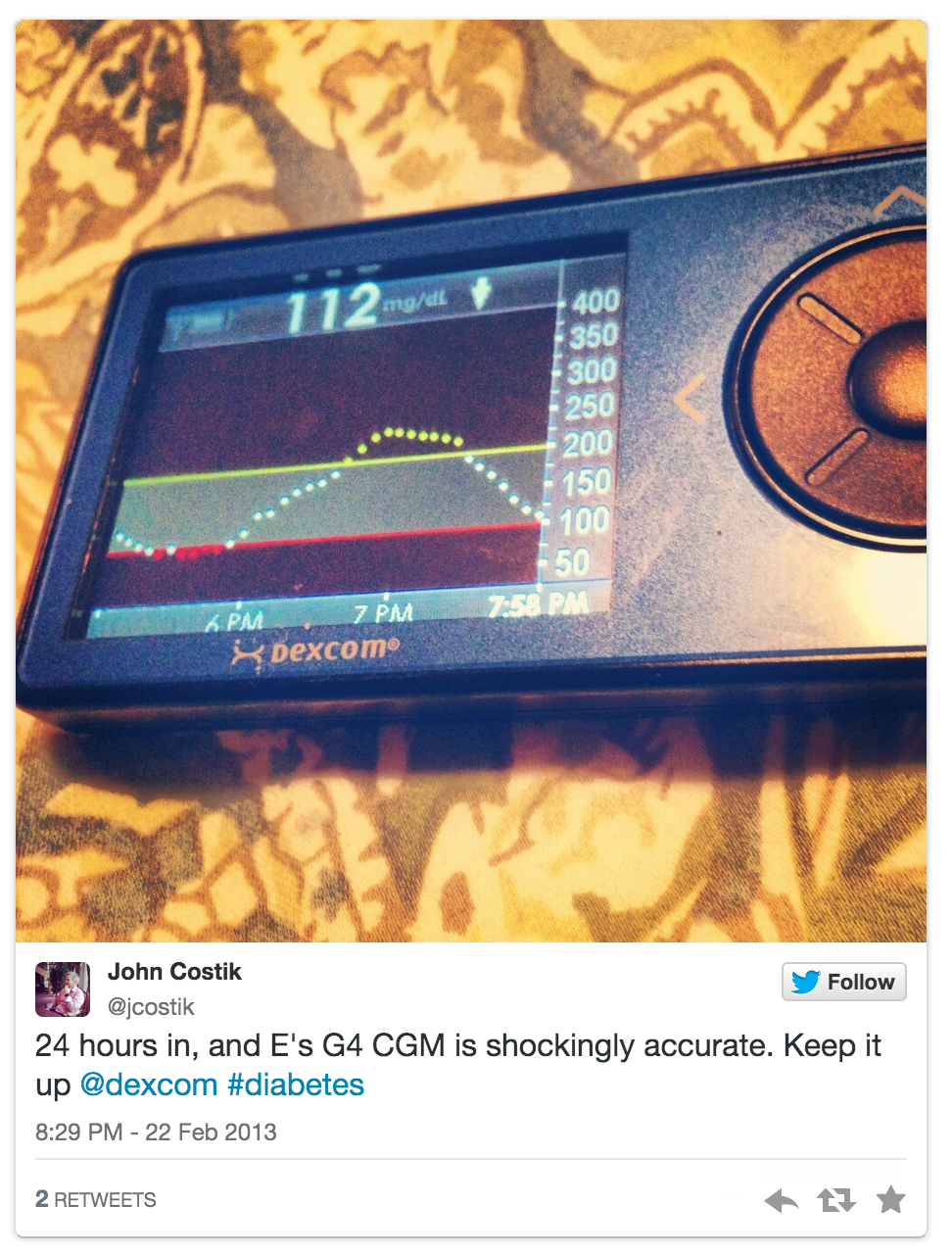
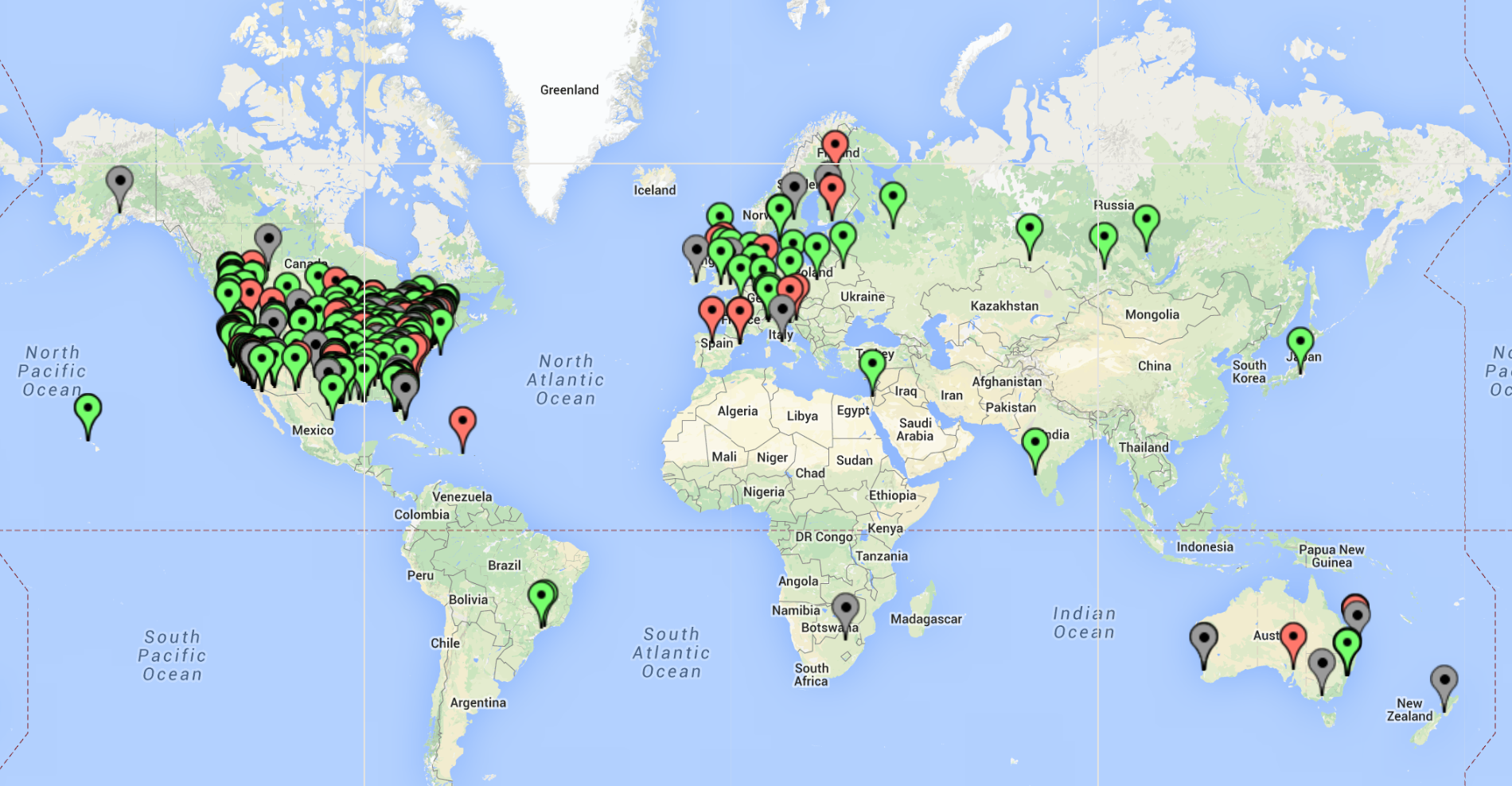
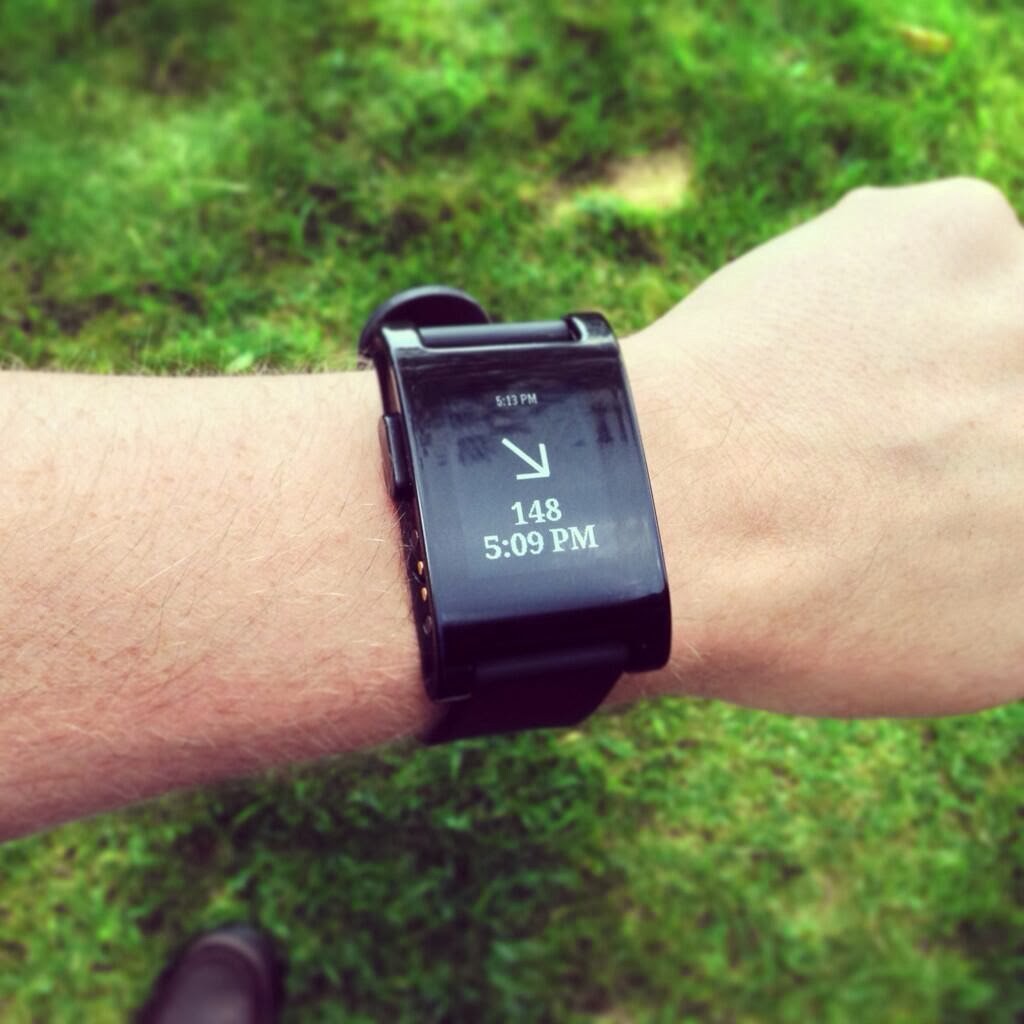
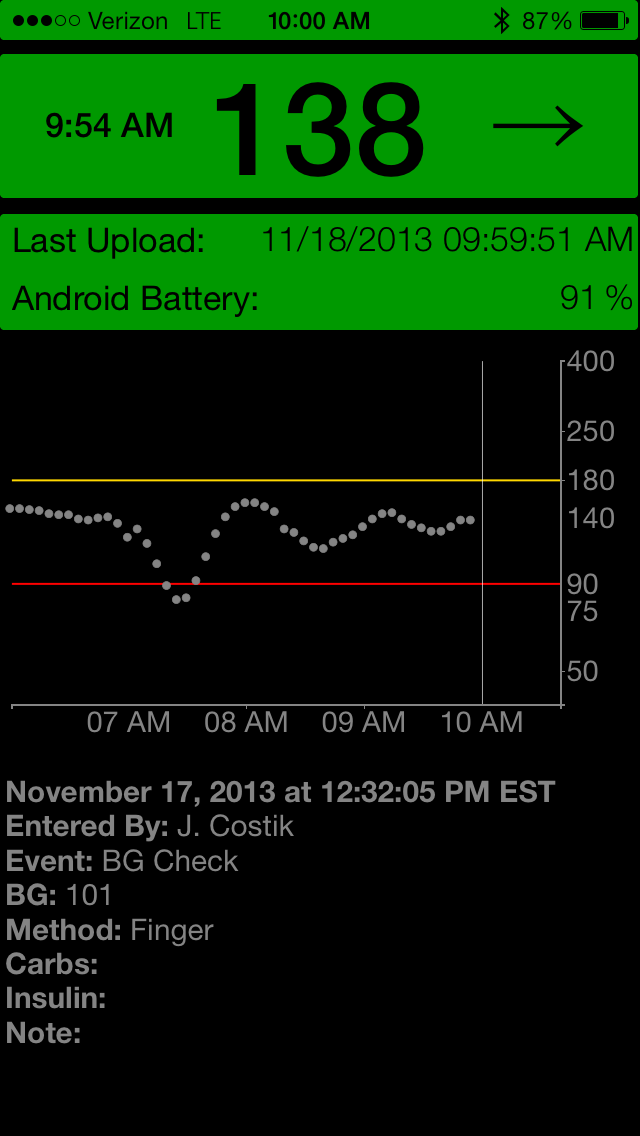

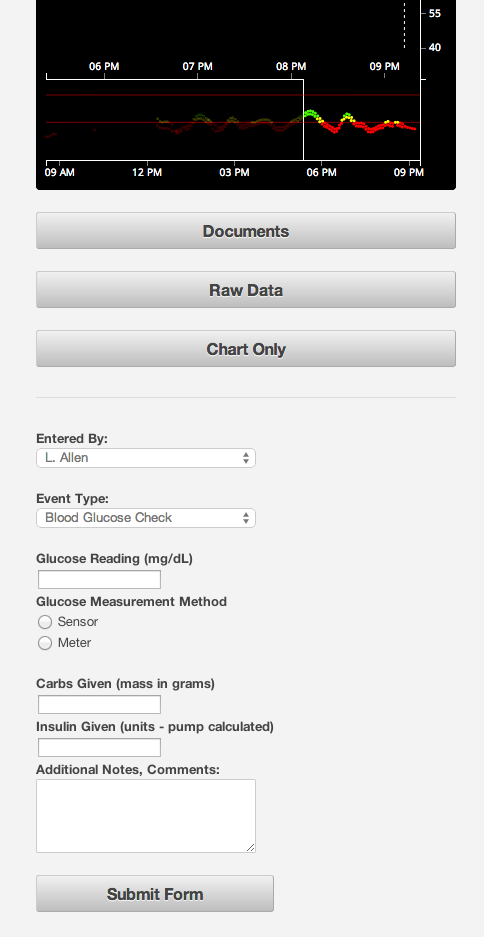
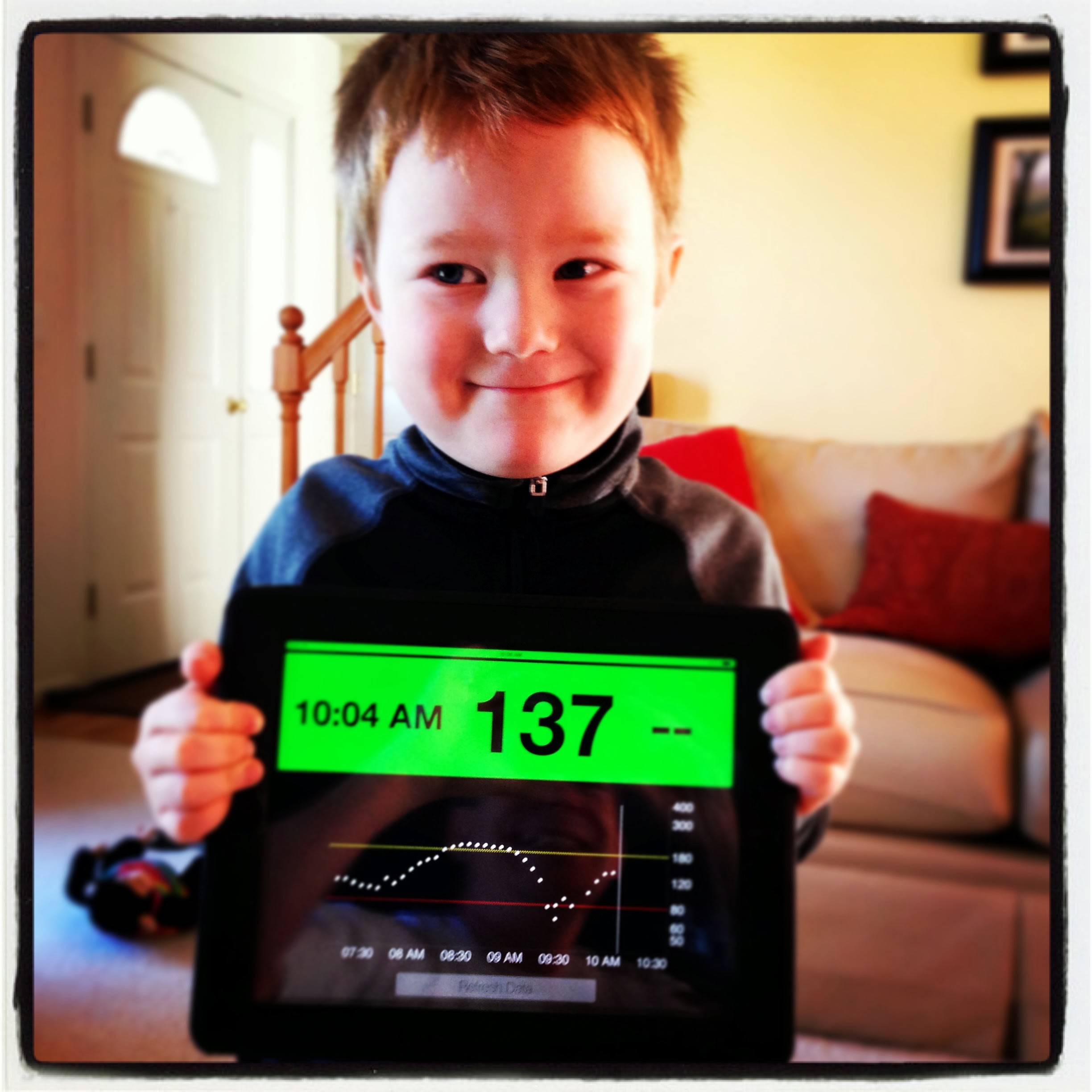
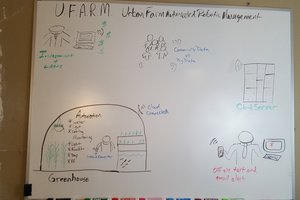
 tlankford01
tlankford01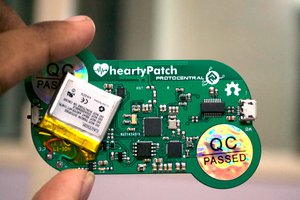
 Ashwin K Whitchurch
Ashwin K Whitchurch